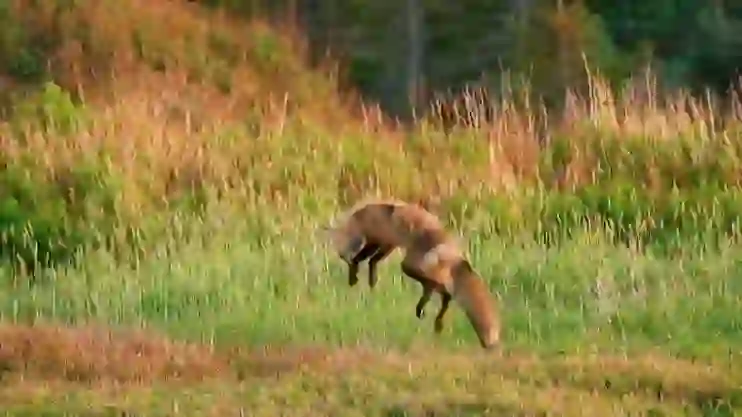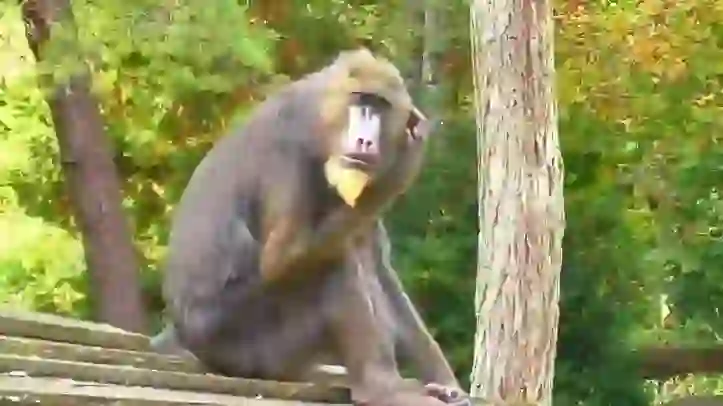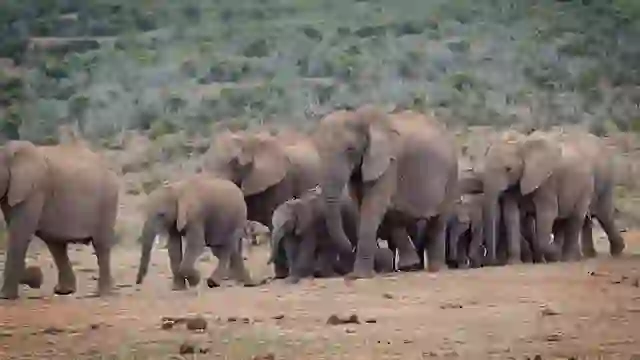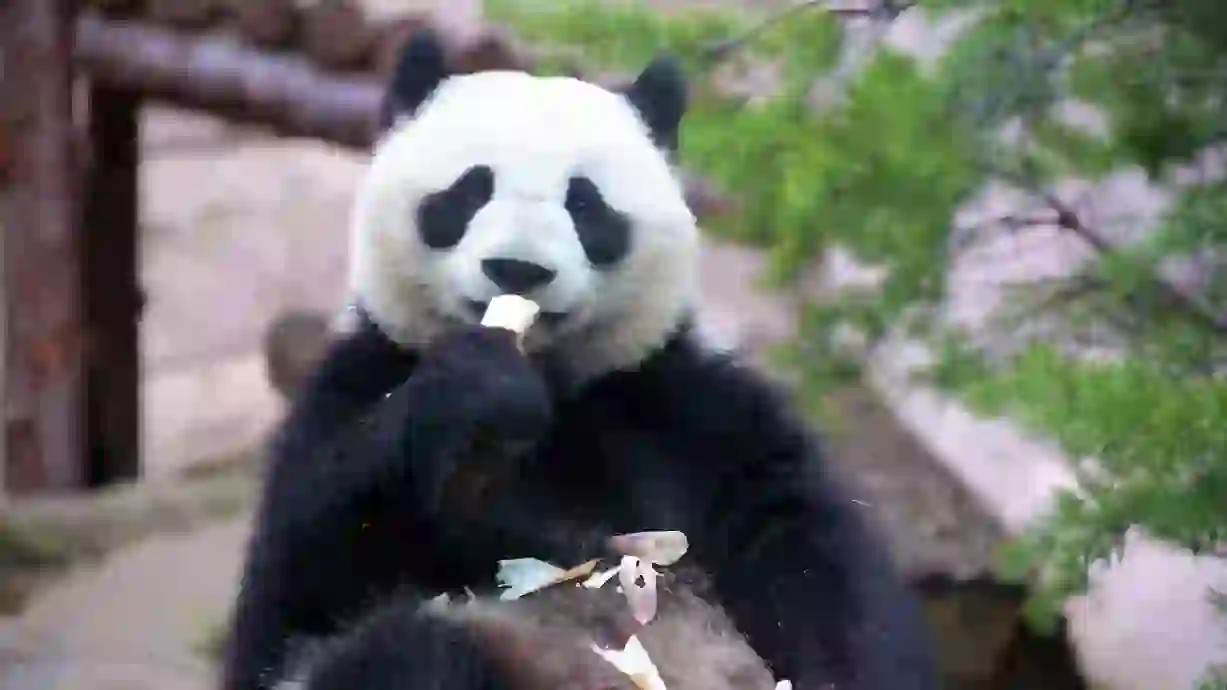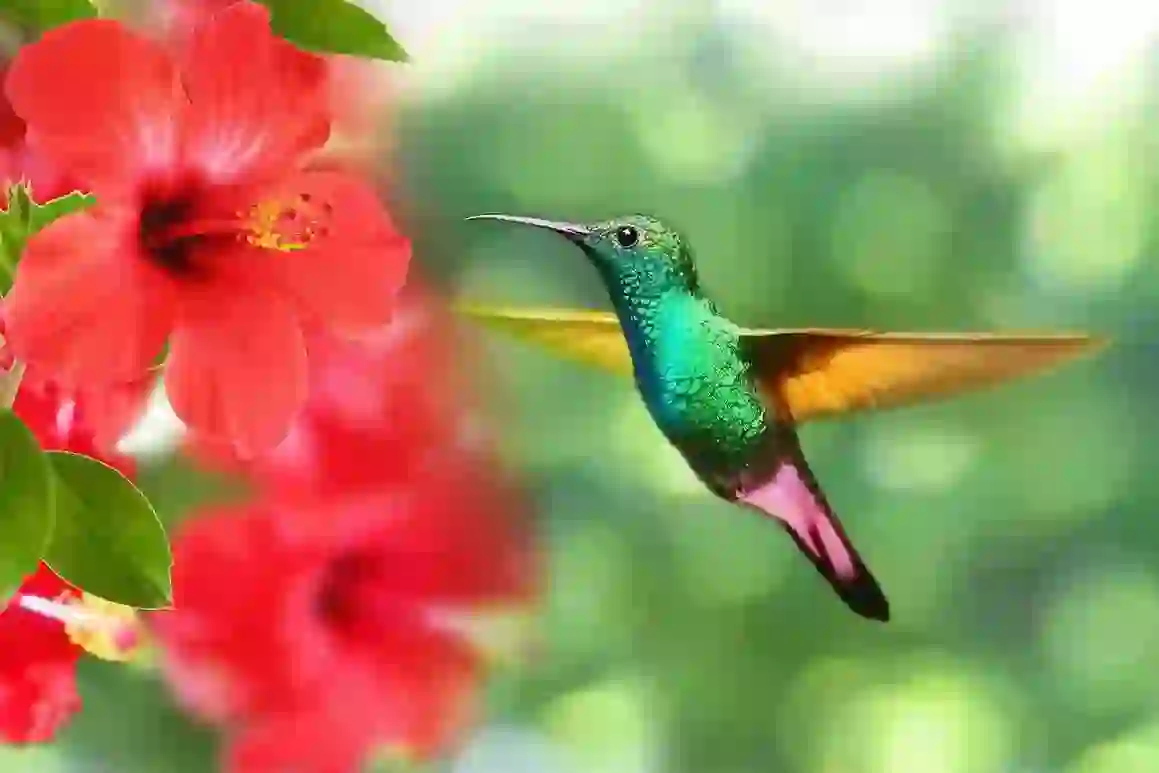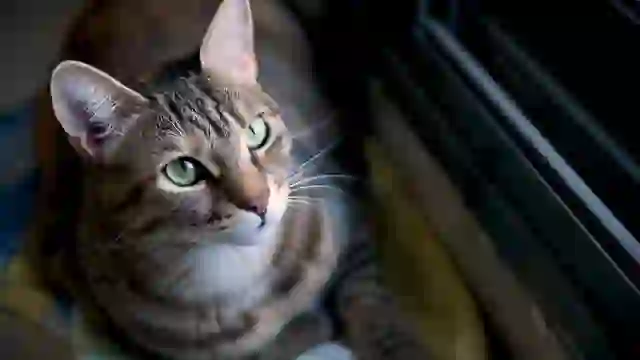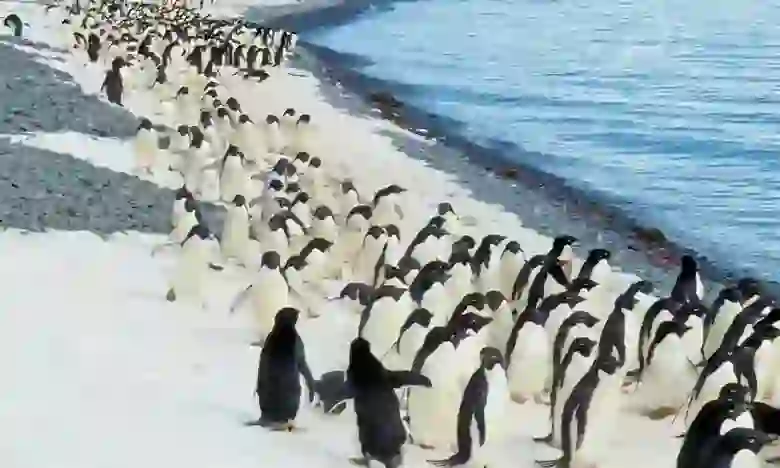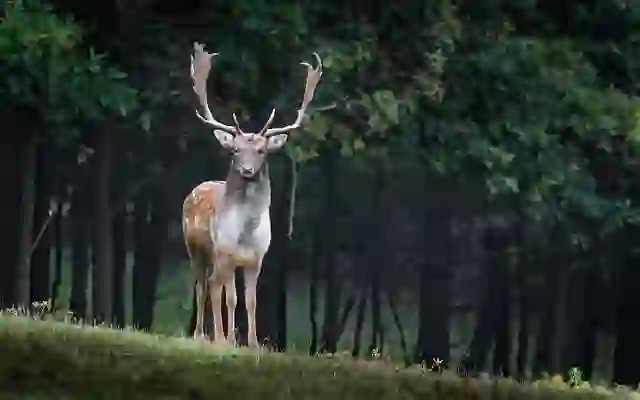
Western Lowland Gorilla
Western Lowland Gorilla
Western Lowland Gorilla
Living in the rainforests of West Africa is the western lowland gorilla, the most widespread and numerous of all gorilla species. They have relatively short, brownish-gray fur and are characterized by a reddish pigmentation on the crown of their heads. They primarily eat fruit, but also consume leaves and insects. They live in groups, usually led by a mature male called a silverback.
Western Lowland Gorilla Basic Infomation
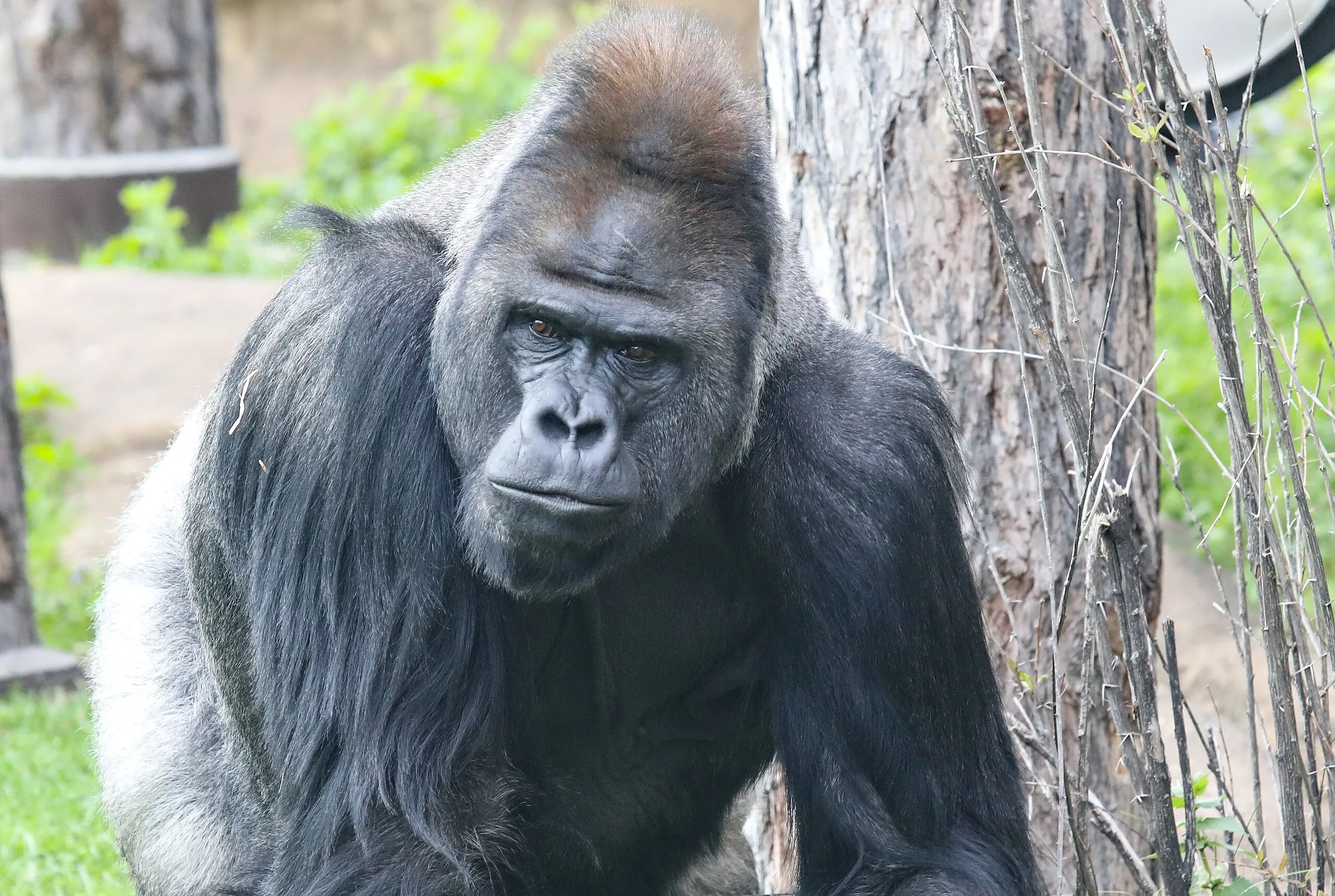
| Property | Value |
|---|---|
| Scientific Name | Gorilla gorilla gorilla |
| Taxonomic Status | ACCEPTED |
| Rank | SUBSPECIES |
| Kingdom | Animalia |
| Phylum | Chordata |
| Class | Mammalia |
| Order | Primates |
| Family | Hominidae |
| Genus | Gorilla |
| Conservation Status | Critically Endangered |
| Subspecies | Gorilla gorilla gorilla |
| Species | Gorilla gorilla |
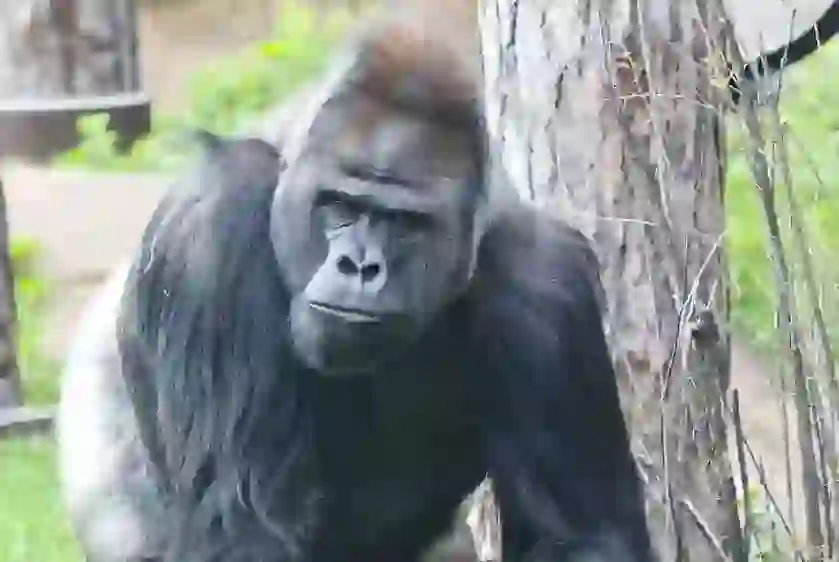
Size
Adult males measure about 1.5 to 1.8 meters in length and weigh 140 to 160 kilograms. Females are smaller than males, weighing 70 to 90 kilograms.
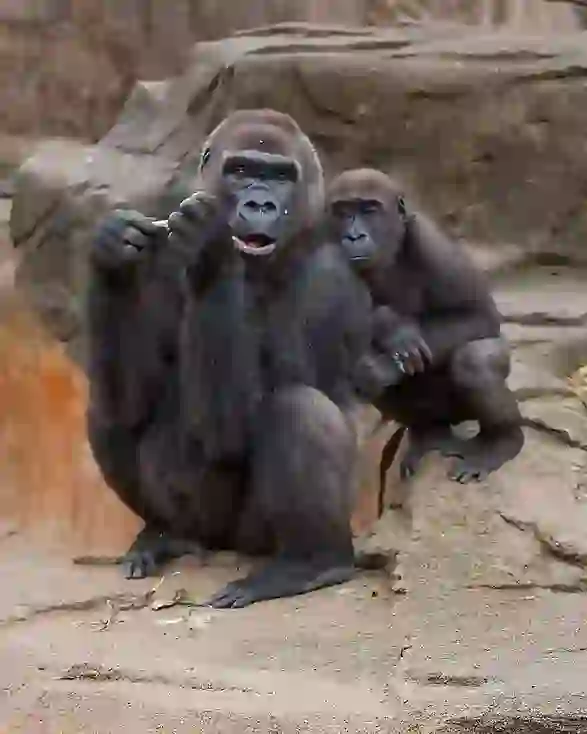
Lifespan
They live for 35 to 40 years in the wild and can live over 50 years in captivity.
.webp?alt=media)
Distribution
They are widely distributed in the rainforests of West Africa, mainly in the lowlands of Cameroon, Gabon, the Republic of the Congo, and the Central African Republic.
Western Lowland Gorilla Q&A

What kind of gorilla is the western lowland gorilla?
The western lowland gorilla is a subspecies of the western gorilla and is the most widespread and numerous of all gorilla species. They are smaller than eastern gorillas, have shorter fur, and are brownish-gray in color.
Some individuals have reddish pigmentation on the crown of their heads. They are known for their intelligence, tool use, and complex social structure.

What do western lowland gorillas eat?
Western lowland gorillas primarily eat fruit, but they also consume leaves, shoots, insects, and soil. They forage for a variety of plants as they move through the forest.
In forests with abundant fruit, they may spend most of their day foraging. When fruit is scarce, they eat more leaves and shoots. They also eat soil to supplement their mineral intake.
.webp?alt=media)
What kind of lives do they lead?
Western lowland gorillas live in groups, usually consisting of 10 to 20 individuals. The group is led by a mature male called a silverback, along with several females, and their offspring.
The silverback protects the group from other male gorillas, finds food, and decides where the group will travel. They are active during the day and rest at night in nests made of vegetation, either in trees or on the ground. Western lowland gorillas are intelligent and have complex social structures. They communicate using a variety of sounds and gestures, cooperating with each other to survive.
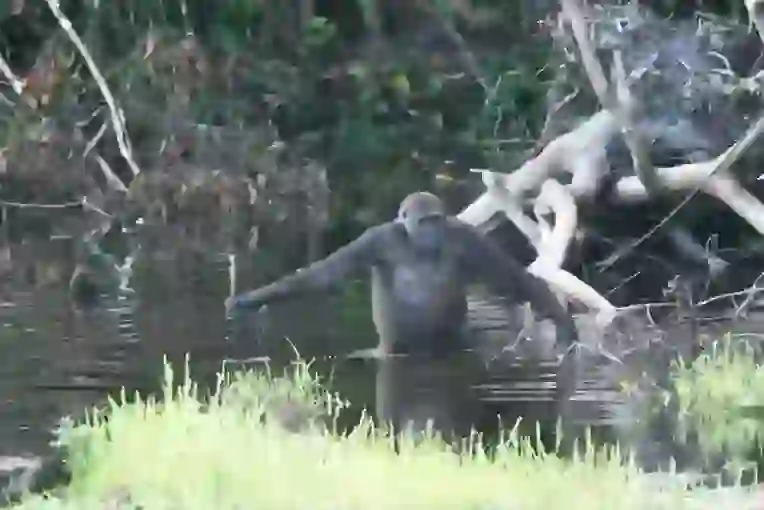
[Quiz!] What is the role of the silverback in a western lowland gorilla troop?
The silverback, the leader of the western lowland gorilla troop, is a very important member of the group.
They not only protect the troop from other gorillas and predators but also decide where to find food and lead the troop's movements. Silverbacks are also responsible for caring for the females and young and maintaining order within the troop.

[Quiz!] Why are western lowland gorillas endangered?
There are three main reasons why western lowland gorillas are endangered.
1. Poaching: Their meat, fur, and bones are illegally traded.
2. Infectious diseases, especially the Ebola virus: Gorillas, like humans, are susceptible to Ebola, and an outbreak can wipe out an entire troop.
3. Habitat destruction: The forests they live in are being cleared for timber and agriculture. Deforestation not only deprives gorillas of their food and shelter but can also fragment their habitat, isolating populations.
We need to address these issues to protect western lowland gorillas.

[Quiz!] What can we do to help protect western lowland gorillas?
There are many things we can do to help protect western lowland gorillas.
・Choose forest-certified products to reduce deforestation
・Support efforts to prevent and control Ebola and other infectious diseases
・Donate to organizations working to protect gorillas
・Learn about gorillas and share that knowledge with others
Even small actions can make a big difference when we all work together. Let's all think about what we can do to protect gorillas, our fellow inhabitants of Earth, and take action!

Would you like to become a part of the 'Animalbook.jp'?
Turn your knowledge into Q&A and share it with the world. ※Publication will be activated after purchase. Let's share information together!
Western Lowland Gorilla Type of List

Efforts to Protect Western Lowland Gorillas
- Strengthening law enforcement against poaching
- Prevention and control of Ebola
- Habitat conservation
- Establishment of protected areas
- Promotion of ecotourism
- Educating local communities
Information
Congratulations! You are the first commenter!

Create Your Favorite List!
Western Lowland Gorilla
Save the animals you love! Build your own list to quickly revisit your favorites later.

Would you like to leave a comment?
※Please note: This is for the purchase of rights to post comments within the article.
Find Your Favorites!
Our shop offers a unique and attractive selection of goods themed around various animals.
Western Lowland Gorilla References
Western Lowland Gorilla Introduction of media used

Svklimkin, CC BY-SA 4.0, via Wikimedia Commons

Greg Hume, CC BY-SA 3.0, via Wikimedia Commons
.webp?alt=media)
Markus Trienke, CC BY-SA 2.0, via Wikimedia Commons

See Source, CC BY 2.5, via Wikimedia Commons

Help Enrich Our Animalbook.jp with Your Media!
We are constantly looking to expand and enrich our Animalbook.jp with amazing photos and videos of animals. If you have any media that you'd like to share, please contribute and help us showcase the beauty and diversity of the animal kingdom. Your submissions will be credited and featured in our encyclopedia, reaching a wide audience of animal lovers.



